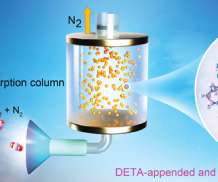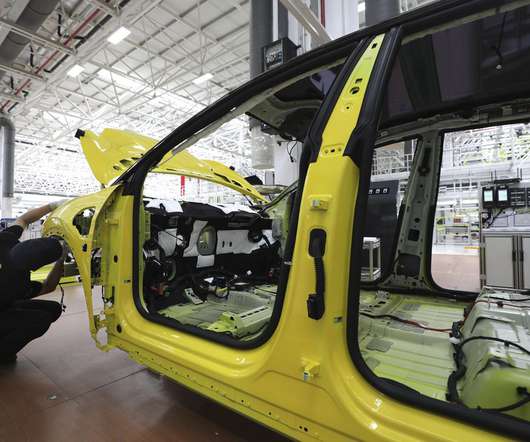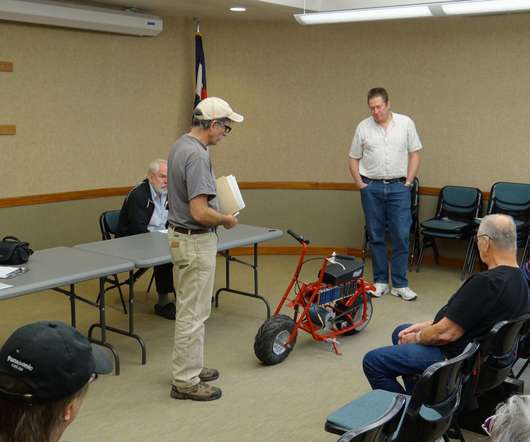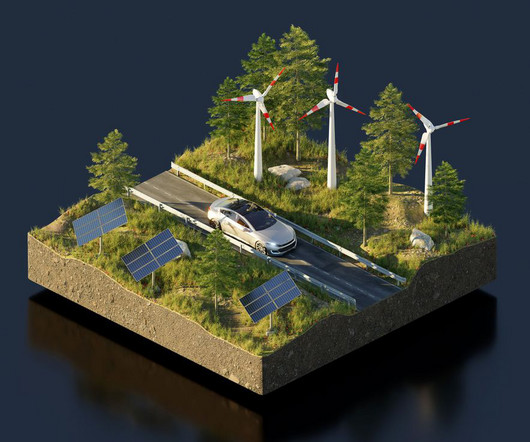MIT study concludes that absent climate policy, coal-to-liquids could account for around a third of global liquid fuels by 2050
Green Car Congress
JUNE 9, 2011
A new assessment of the viability of coal-to-liquids (CTL) technology by researchers from the MIT Joint Program on the Science and Policy of Global Change (JPSPGC) found that without climate policy, CTL has the potential to account for around a third of global liquid fuels by 2050. Credit: Chen et al., 2011 Click to enlarge.







































Let's personalize your content